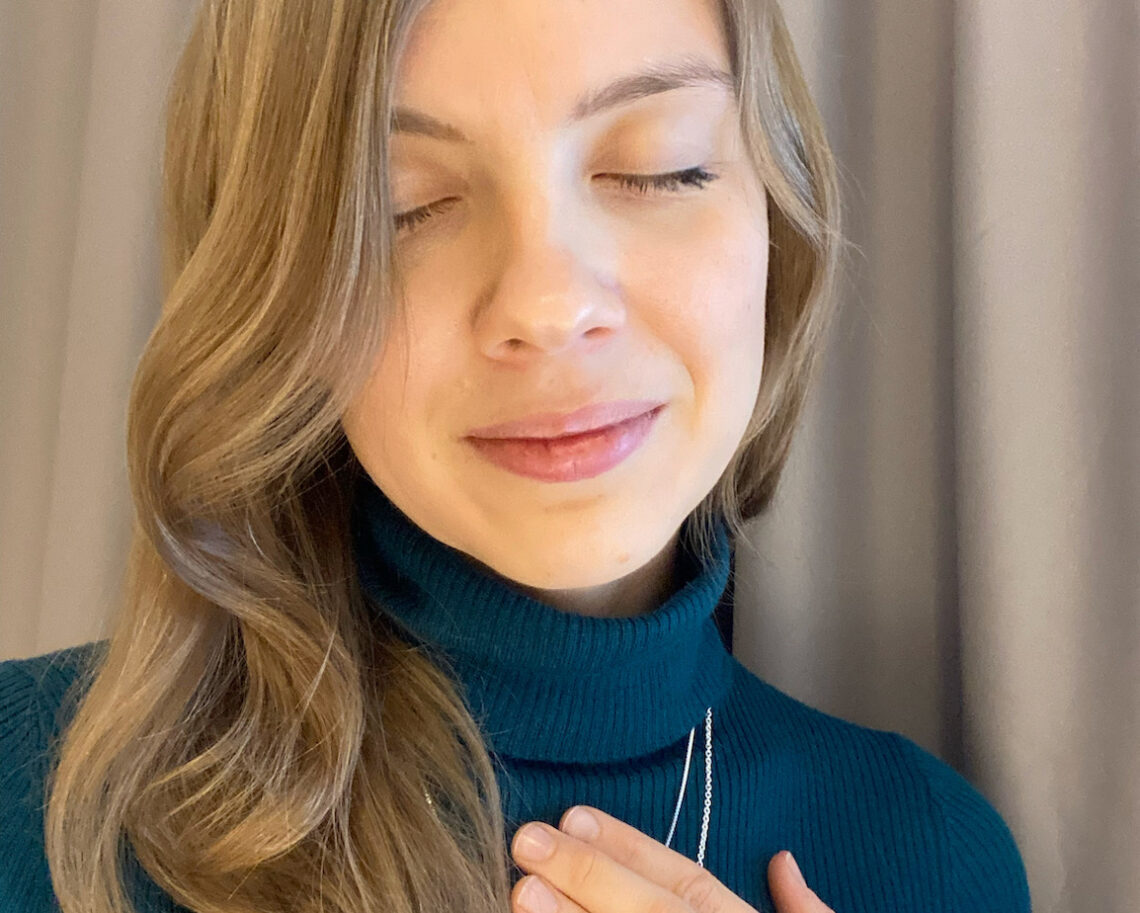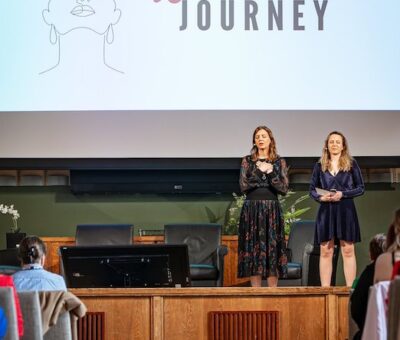
Understand and nurture your need for inner safety
In life, we often hear about the importance of feeling safe — physically, emotionally, and mentally. But what does it mean to feel safe within yourself?
Inner safety is the foundation that supports every aspect of your life. It’s the quiet, resilient force that allows you to stay grounded, no matter what happens around you. Cultivating this sense of inner security enables you to trust yourself, make empowered decisions, and face challenges with confidence.
When inner safety is lacking, we often feel anxious, fearful or unsure of ourselves. This can lead to reactive behavior, self-doubt, not moving forward and a tendency to seek validation outside of ourselves.
When your inner safety is nurtured, you become more resilient. You’re not at the mercy of external circumstances; instead, you develop the trust and strength to handle whatever comes your way. Inner safety is about relying on yourself, knowing that you are capable and worthy of navigating life’s ups and downs.
My need for inner safety was behind many of my fears
Most of us never learned how to identify and locate our feelings in our bodies during childhood. We were never taught to acknowledge, listen to, and accept our own needs — let alone communicate them.
I wish someone had helped me years ago to understand it all — to realize that my suffering was all connected to the same root cause. That my need for inner safety was at the core of many of my fears, such as:
Fear of rejection/abandonment
Fear of not being seen
Fear of not being good enough
Fear of not being wanted
Fear of losing control
Deep down, I didn’t feel like I was going to survive. I didn’t feel safe.
Big changes in my life such as moving countries, leaving the corporate world behind and becoming entrepreneur, starting a new romantic relationship, triggered these feelings within me. Little by little I started to notice that I had to nurture my wounded child self to feel better, happier and fulfil that unmet need from my childhood.
The survival instincts and inner safety
Our need for inner safety is deeply embedded in our DNA. The search for survival has been with us since the hunter-gatherer days when ensuring our own safety was crucial for staying alive. While the world around us has drastically changed, these survival instincts still govern our reactions to perceived threats today.
When we sense danger — whether it’s physical, emotional, or mental — our body and mind react instinctively. It all begins in the brain, triggering a chain of events that creates intense stress in our bodies. These reactions are automatic, designed to help us survive, but they also point to our need for safety.
We either fight, flee, freeze, or fawn in response to stress or perceived danger. These responses are tied to how we feel safe, or unsafe, in any given moment:
Fight: We confront the situation head-on, ready to protect ourselves at all costs. This is a reactive response when we feel our boundaries are being threatened, and we need to protect our sense of safety.
Flight: When we feel unsafe, we instinctively want to escape. Whether it’s avoiding a confrontation or running from emotional discomfort, the flight response is all about seeking distance from danger to regain a sense of control and safety.
Freeze: In moments of overwhelm, we may feel paralyzed, unable to act. This response often happens when we feel there’s no escape or way to protect ourselves, leaving us stuck in the uncertainty of the situation.
Fawn: This response involves trying to please or placate others, often as a means of avoiding conflict or seeking approval to feel safe in social or emotional situations.
These responses are not just reactions to immediate external threats; they can also be triggered by old trauma or unresolved emotional experiences. Sometimes, our mind and body react as though we are in danger, even when we are not. This happens because past experiences — especially those tied to unhealed wounds — can cause us to perceive situations as threatening, even if they aren’t.
When we’ve experienced trauma, our nervous system can become hypersensitive to cues that remind us of past threats, even if there’s no real danger in the present moment. These reactions can cause us to default to one of the survival mechanisms — fight, flight, freeze, or fawn — as if we are reliving that original threat. It’s a way for the mind and body to cope with the discomfort of not feeling safe, even when the external situation doesn’t warrant such a response.
Understanding that these responses may be rooted in past trauma is crucial to nurturing our inner safety. By recognizing when old wounds are being triggered, we can begin to address the emotional and psychological needs that were left unhealed.
From there, we can work towards creating a more grounded and safe internal environment where we no longer need to react from a place of fear, but from a place of strength, self-awareness, and peace.
Maslow's hierarchy and the root chakra
We also know that in Maslow’s hierarchy of needs, safety comes second, falling under the category of basic needs. It is fundamental to our well-being, and without it, we struggle to feel secure enough to meet other needs, like love, belonging, or self-actualization.
In the chakra system, safety is connected to the root chakra. This energy center governs our basic needs for survival, stability, and security, as well as our sense of belonging within our tribe, family, and community. The root chakra is deeply tied to feminine energy, grounding us to Mother Earth, reminding us that we are, in essence, nature. In the 3D realm, it is represented by a red energy, while in 5D, this chakra vibrates at a platinum frequency, aligning with the I AM energy — the pure essence of being
Nurturing your inner safety
Here are a few practical steps to help nurture your inner safety:
Reconnect with Your Body
When your body feels safe, your mind can follow. Practices like deep breathing, grounding exercises, and mindful movement can help you reconnect with your physical body, allowing you to feel more centered and in control. Yoga and meditation are excellent ways to calm the nervous system and remind yourself that you are safe.
Create Boundaries
Boundaries are essential to maintaining your inner safety. Learn to say no when you need to and prioritize your emotional needs. Boundaries help you protect your energy, ensuring that you don’t overextend yourself or allow others to violate your personal space. Establishing clear limits is an empowering act that reinforces your sense of security.
Nurture Self-Compassion
Be gentle with yourself. When you face challenges or when your fears rise up, instead of criticizing or blaming yourself, practice self-compassion. Treat yourself with the same kindness you would offer a loved one. Self-compassion builds self-trust, which is foundational to feeling safe within.
Acknowledge and Heal Past Trauma
The key to lasting inner safety is acknowledging the wounds of the past that may be triggering your fears today. Childhood trauma, emotional wounds, and unresolved experiences can leave you feeling unsafe in the present. Healing these parts of yourself is essential to creating true inner peace.
Stay Present and Grounded
Focus on the here and now. Often, feelings of insecurity arise from fear of the future or regret over the past. By practicing mindfulness and grounding techniques, you can stay rooted in the present moment, allowing you to manage anxiety and keep yourself centered in your safety.
Healing your inner child
A powerful aspect of nurturing your inner safety lies in healing your inner child. Often, the fear and insecurity we feel in adulthood are echoes of past experiences — moments from childhood when we didn’t feel protected, loved, or seen. By healing your inner child, you can release old wounds and restore the deep sense of safety you deserve.
In this blog post, I dive deeper into the importance of inner child healing and provide guidance on how to reconnect with that part of yourself. Healing the inner child helps you release outdated fears and limiting beliefs, allowing you to step into your full power and embrace life with confidence.
Heal with me for a sec.
Take a deep breath and pause for a moment. Reflect on your inner safety with these two questions:
– When do I feel most safe within myself, and what can I do to cultivate more of that feeling?
– What old fears or beliefs might still be influencing my sense of safety today, and how can I begin to heal them?
Take your time with these questions, allowing yourself the space to truly reflect. Healing starts from within.
Essi Koski-Lammi
Essi Koski-Lammi is a Wellbeing Trailblazer, Feminine Executive Coach, Healer, Clairvoyant and Conscious Interior Designer. She believes that how we live, work, and care for ourselves is deeply influenced by the connection between the spaces within and around us. With a diploma in interior design, over 22 years of experience in energy healing and meditation, MSC in Business and a strong background in global branding and marketing, Essi combines her expertise to empower women to transform their homes, businesses, and lives — and most importantly, themselves — so that every part of life feels aligned and truly their own.


You may also like

The Power of Surrender: Let Go of Control in Life
July 12, 2023
Aligned Feminine Leadership: How Cycle Syncing Transforms the Way We Work
October 22, 2025
